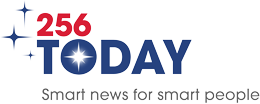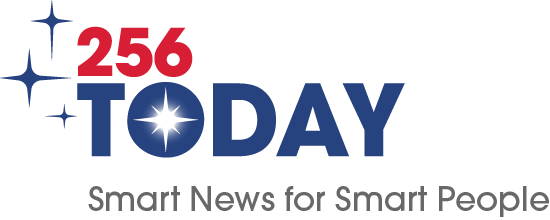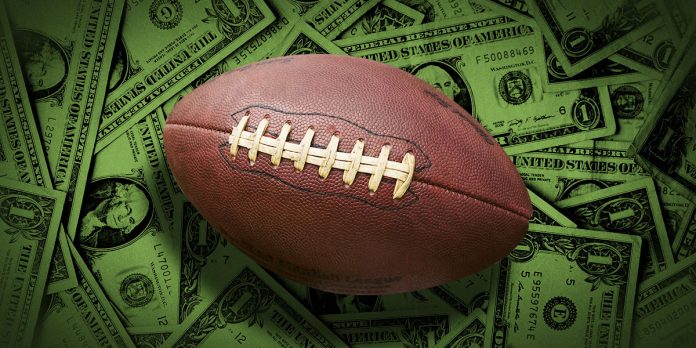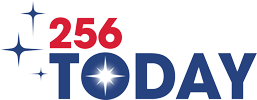Last week, State Rep. Joe Lovvorn filed a bill that, if passed, would make earnings of college athletes in the state of Alabama through Name, Image, and Likeness (NIL) exempt from state income taxes.
NIL has come under fire by U.S. Sen. Tommy Tuberville and movement on that issue on the federal level is well underway. Coach Tuberville (R-Auburn) has called NIL “a disaster” and asserts that the rules have changed the dynamics of college sports for the worse. He argues that NIL teaches the wrong lessons to young men and women.

API agrees with Coach Tuberville and asserts that the passage of this bill would make it even worse. Allowing college students to skate by without paying income tax on their earnings would incorrectly teach them that they are above average Alabamians paying taxes on their personal labor when in fact it’s those average Alabamians who are already paying for many of those athletes to attend state schools!
HB240 has a stated goal of benefitting state schools in recruiting against out of state schools but what it would actually do is take additional taxes from hard working Alabamians to line the pockets of a handful of college students who may not even be from or remain in Alabama. Further, there is no limit on how much programs can spend on players through their collectives and various NIL deals, nor are there contractual obligations through the school for athletes to abide by. It’s the wild Wild West and there is no way to calculate what an exemption would cost annually; we note that there is no public fiscal note available regarding the pending legislation.
In Alabama, NIL costs have been unclear but it’s a fair estimate to approximate $45 million annually statewide in recent years. However, it has been recently reported that a new revenue sharing scheme to allow schools to pay players directly would generate over $20 million for each participating school annually.
It’s not clear how much the NIL tax exemption would cost but it is certainly fair to say that millions of dollars in tax exemptions to “student athletes” will skim money off the top of state budgets and reduce the possibility that real people receive a state tax break or keep the ones they’ve got now.
API helped lead the charge in the grocery tax cut, the overtime tax elimination, and has advocated for lowering the individual income and corporate income tax in our BluePrint for Alabama as surrounding states march toward lower income taxes.
However, the NIL tax exemption is one tax cut that API just can’t get behind. As legislators contemplate sunsetting the overtime tax elimination that benefits our state economy, labor participation rate, and hardworking Alabamians, the last thing legislators should be considering is padding the pockets of newly minted athletes on the backs of Alabama workers.
If boosters and fans of schools want to contribute to the NIL process they are free to do so, but it shouldn’t be at the expense of Alabama taxpayers.
If boosters and fans aren’t providing enough cash to make Alabama schools competitive against Tennessee, Georgia, or Florida because those states have better tax policy than Alabama, we should take another look at our tax policy rather than exempt a privileged few.
If boosters aren’t giving enough to recruit top notch players to Alabama schools, that’s up the the fans to resolve, not the responsibility of state taxpayers.
Even proponents of this tax exemption agree that the NIL is a flawed system. Exempting college students from income tax made from that flawed system would only make the flawed system worse.
Stephanie Smith is president and CEO of the Alabama Policy Institute.
Don’t miss out! Subscribe to our email newsletter to have all our smart stories delivered to your inbox.



